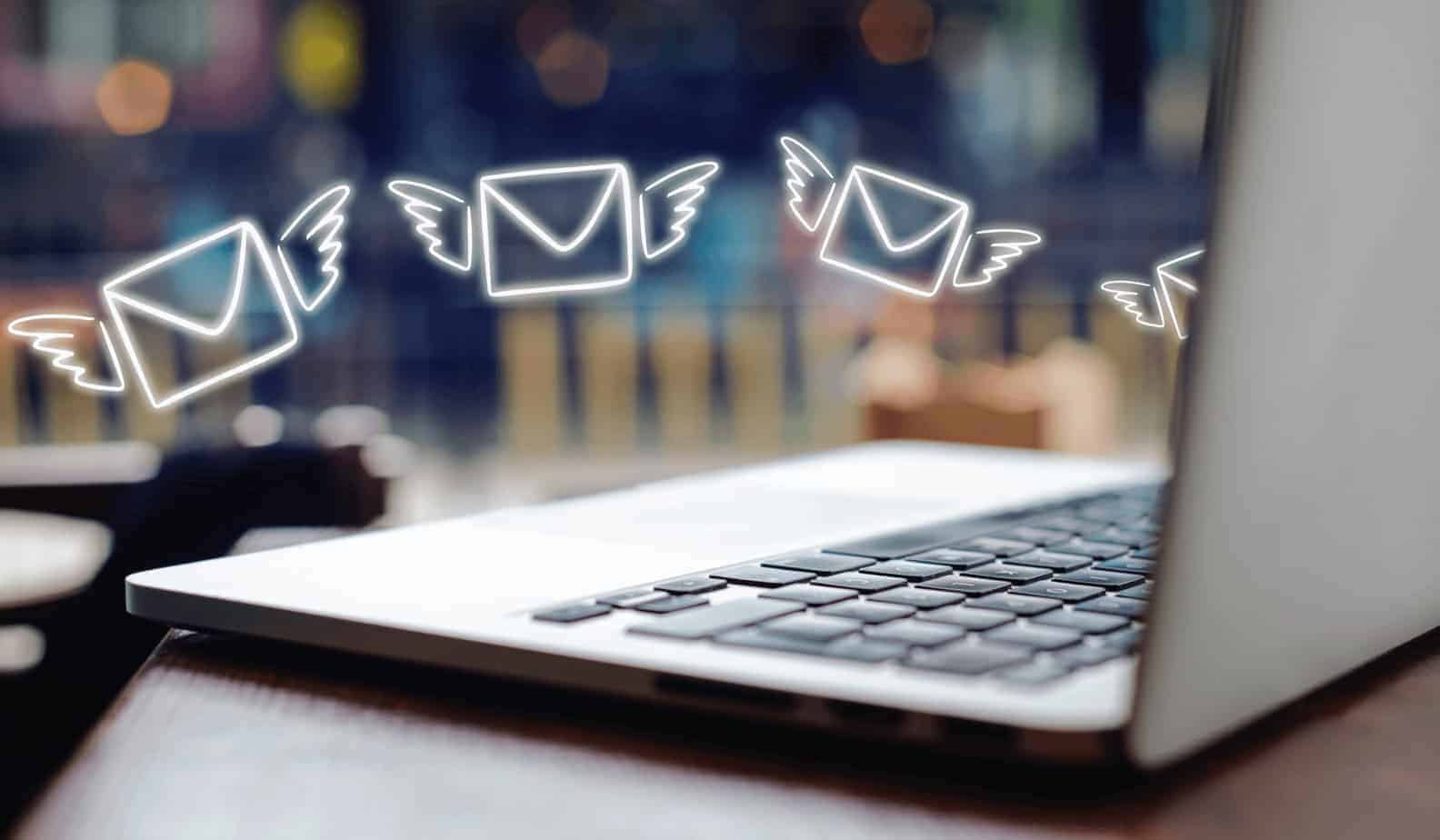The Power of Segmentation in Email Marketing

Stories about the imminent death of email marketing have been floating about the internet since the Bush Jr. administration, assuring marketers and companies alike that no one reads email anymore. But email has stuck around nonetheless.
In fact, it’s thriving. According to HubSpot, email marketing generates $38 for every $1 spent, giving it a remarkable 3800% ROI and solidifying its spot as one of the most effective marketing channels out there.
But there’s a catch: it has to be done right. You can’t just send out the same email to all of the tens or hundreds of thousands of people on your list. Some of them won’t care, some of them have already taken advantage of whatever offer you’re selling, some of them aren’t in the right location, and so on. There’s no email you can send that will apply equally to everyone who’s ever interacted with your brand, and that’s why segmentation is so important.
Why Email Segmentation Matters
We’ve talked before about how you should be segmenting your email lists. There’s no limit to how much segmenting you can do, but location, purchase history, and past email interest are good places to start. But before you start putting time and effort into segmentation, you want to know that it can make a difference.
Your Audience is Busy
The average office worker receives more than 120 emails a day, and most of them go unread because the recipient decides in a fraction of a second whether they’re going to open it or not. If they receive enough emails they don’t care about, they’ll unsubscribe — or worse, mark you as spam.
If you’re going to cut through the clutter and get your customers to open your emails, you’ll need to do your best to keep your subject lines as relevant as possible.
Your Audience Isn’t All the Same
Here’s an example: say you just got an email from Chipotle that carne asada is back as an option on your burrito. Standard marketing email fare, right?
Incorrect. Say you’re a vegan — you wouldn’t care at all about carne asada being back on the menu. You might even be put off by the email. There’s a good chance that Chipotle has kept track of which of their customers have never purchased meat on a dish before, in addition to which customers bought carne asada when it was last available. By segmenting their audience to avoid uninterested customers, they can make sure the people seeing a given email are the ones who want to see it.
Your Contacts Aren’t At the Same Point in the Sales Cycle
Hopefully, you’re getting a lot of email addresses from all over your website, your social media accounts, and the rest of your channels. You’re also getting email addresses when people fill out a form to request more information, and you’re getting email addresses when someone makes a purchase on your site.
That means that your database is spread out all over the buyer’s journey. Some of them have never looked at your site but seem interested, some are about to make a purchase decision, and some of them have already been buying from you for a long time.
The emails you send to curious visitors aren’t the same as the emails you send to your regulars. If someone has just discovered your brand and stared exploring your site, they’re not ready to make a purchase decision and will probably be turned off by a hard sell. For a new subscriber, you might send a link to some of your most popular content to keep them interested.
For customers who are further down the funnel, you can be a little more aggressive to nudge them toward a purchase. If a visitor has been browsing your pricing page or requested a quote, you might send them an email with a limited-time offer for a free trial or discounted price.
By tailoring your emails to fit the mindset of your potential customers, you’ll keep your brand in the front of their minds and move them closer to making a purchase.
Your Audience is Always Changing
Your customer list isn’t static — you’ll always be adding new customers and, no matter how good your product is, some customers will churn. If someone isn’t interested in your product or company anymore, it’s in your best interest to leave them alone. Luckily, segmentation can help you maintain an engaged audience as well.
For example, you could send out an email that targets the people who aren’t engaged with your campaigns. Your email client will let you generate a list of the people who haven’t opened your last handful of emails so you can reach out to try to re-engage them.
You might get a lot of bounces and a bad open rate since some of those emails are probably inactive, but that’s ok — the stats aren’t the whole story. In this case, segmentation allows you to potentially re-engage some uninterested customers at best or to clean up your email list at worst.
How Segmentation Makes a Difference
Let’s talk numbers. Does segmentation actually help? According to Mailchimp, it can make an enormous difference. They sampled 2000 users who sent over 11,000 campaigns to more than 9 million people and compared their segmented and non-segmented results.
Segmented campaigns performed better in every category than their non-segmented equivalents:
- Opens and unique opens: since you can target your emails to specific audiences, you can create much more specific subject lines that will entice people to read them.
- Clicks: getting a customer to open an email looks great on your reporting, but it doesn’t actually translate to sales. You need clickthrough, and that means you need to send emails that people like. Tailoring can help you get there.
- Abuse reports and unsubscribes: when people get email they don’t want, they try to get rid of it, either by unsubscribing from your list or by marking you as spam. Enough span reports can get you blacklisted, so cutting these reports is a serious concern.
It’s hard to isolate exactly what makes people open some emails and ignore others on an individual level, so you can’t assume that every type of segmentation will work as effectively as another.
Whatever you use it for, segmentation will have a huge impact on your ability to engage with your subscribers. In Mailchimp’s survey, open rates and clickthrough went up across the board, while abuse and unsubscribe rates dropped. Segmentation takes time, but it’s worth the effort.





